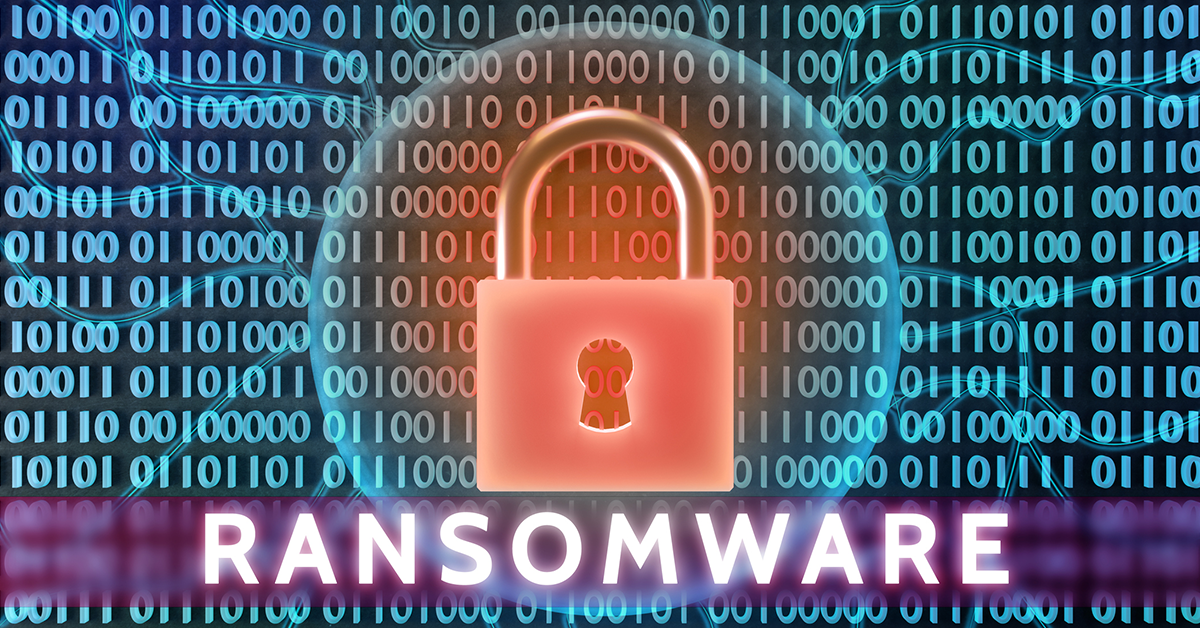Industries We Serve
World Class IT Support & Service
Real People. Right Now.
About Locknet® IT Services
From the first hello, the Locknet® team is dedicated to serving you and your needs.
Real People. Right Now.
From the first hello, the Locknet® team is dedicated to serving you and your needs.


Ransomware attacks are skyrocketing, with ransomware attack volumes up a shocking 40% globally in the third quarter of this year. Of those attacks, the majority, 57% took place in the United States. Worse, attack volumes continued to increase month over month in that quarter, and there's no sign attackers will let up anytime soon.
For businesses, the issue can seem at once terrifying and also at a safe distance, but the truth of the matter is, even businesses in the Midwest are getting hit with ransomware attacks, and we know many local businesses which have had to resort to paying the ransom in order to get their priceless data returned to them. Many businesses believe they are too small to be attacked, or that hackers will leave them alone because they are in a small town. The reality is that attacks happen to all sizes of companies in every location because once you plug into the internet, you are visible to hackers worldwide. And attacks happen across all industries, including government, manufacturing, education, health care, and finance. Truth is, the threat of a ransomware attack is much closer and more imminent than many business leaders realize.
The good news is, by doing your due diligence, you and your staff can protect your company data from cybercriminals who leverage ransomware. Here are a few tips for protecting yourself from malicious attacks.
Ransomware is usually installed when someone clicks on a link from an email or downloads something from an unfamiliar website. Phishing emails can even come in disguised as legitimate communications from known sources. So, it's essential to know who you can trust and only download files, software, and information from websites you know. All staff should be properly trained to recognize potentially malicious emails and sites for this reason.
Cybercriminals are adept at appearing to be legitimate contacts in need of information. But in reality, they intend to use that information to compromise your company or personal data. Remember, requests by email or phone should be taken in with great care, and referred to the correct people within an organization, particularly if there is a sense of urgency to them.
Attachments on emails can harbor trouble. Staff should always be trained to look at the email source and be wary of opening any email attachments, particularly those that look suspect.
Overall, your best defense against cyberattacks and hackers who encrypt your files and hold the unlock key for ransom is detection and prevention. The professionals at Locknet® Managed IT can help you protect your data
Ready to protect your business from ransomware attacks? The experts at Locknet® Managed IT are here to help. Whether you want to back up your data, educate your employees or remove ransomware from your system, having the right partner is key. Contact a Locknet Account Executive at 844-865-4968 for a review of your company’s data security and ransomware protection needs.
Managed IT

Onalaska, WI Waterloo, IA Wausau, WI Eau Claire, WI Burnsville, MN
You are now leaving locknetmanagedit.com. Please check the privacy policy of the site you are visiting.